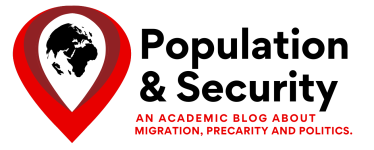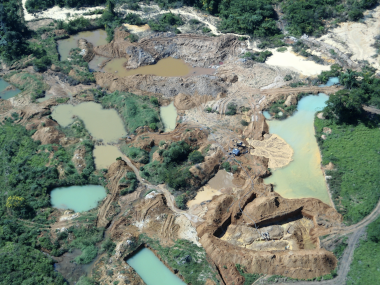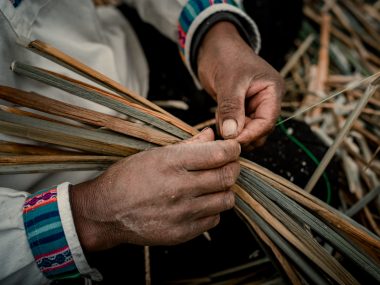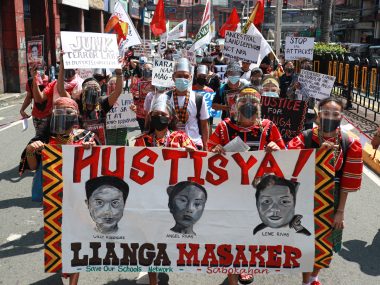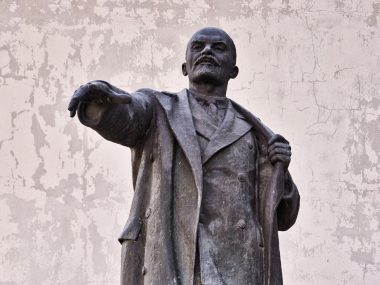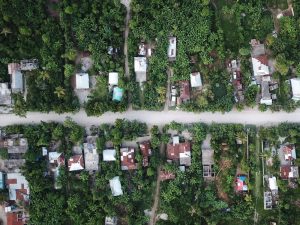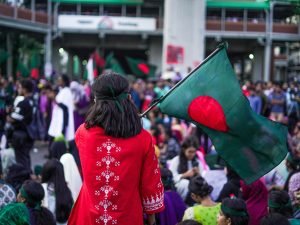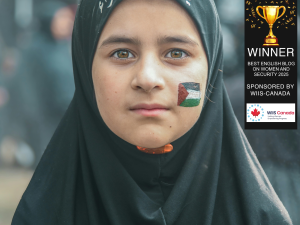Over the last few decades, the media has exposed the violent colours and false promises of sex work and human trafficking. To borrow the expression first coined by American cultural anthropologist Sherry Ortner – migration can be classified as either ‘light migration’ if it is based on the person’s desire to improve their economic or social conditions, or it can be ‘dark migration’ if an individual or a state forces someone to move. Human trafficking, which involves the transportation, recruitment, and control of someone’s movements to exploit them through labour or sexual acts, is a vivid example of dark migration.
Sex trafficking in particular has long plagued societies around the world. According to researcher Donna M. Hughes, the trafficking of women and girls for sexual exploitation is a market that generates an estimated $7 billion annually. This issue is cross-continental, present across different economic classes and is not unique to any cultures. The main beneficiaries of this shadow industry are transnational networks of traffickers and pimps who exploit women seeking employment and better opportunities. These unlawful activities not only cause harm to the victims but also erode the social, political, and economic foundations of the nations where they take place. By making it easier to move across state’s boundaries, globalization has amplified the potential benefits –and drawbacks- of all types of population movements, including sex trafficking. How did the fall of the Soviet Union contribute to the proliferation of sex trafficking in the region, and how has the ongoing war in Ukraine exacerbated this issue?
Behind the fall of the Soviet Union
The collapse of the Soviet Union in 1989 created multiple scourges in the region, including an increase in poverty, widespread unemployment and social dislocation, weak rule of law, pervasive corruption, and the fast growth of organized crime networks. The resulting political instability and lack of economic opportunities in the region became push factors for all individuals, but especially for vulnerable women, to move to other countries to improve their personal situation, which aided the rise of human trafficking in the region. Many fake companies or employers promising higher wages emerged at this critical junction, attracting the attention of vulnerable women in need. For instance, in Bulgaria, many individuals were misled about the real purpose of travelling outside the country, believing they would be working as servers, house cleaners, nannies, or simply going on vacation.
Recently, the digitalization of sex work has further intensified the vulnerability of migrants, as it provides a protective barrier for human traffickers. According to The Public Association International Center for Women Rights Protection and Promotion in Moldova, offenders can now contact children on social networks or online games and befriend them. This process of virtual grooming attracts and entraps individuals which makes it easier for human traffickers to recruit their prey. Unfortunately, digitalization also makes it harder to find and prosecute traffickers who have mainly interacted with their victims in the virtual world, making it not only burdensome, but in some cases even impossible to track them down.
Russia-Ukraine war: Humanitarian crises and extension of dark migration
On February 24th, 2022, Russia invaded Ukraine under the pretext of a special military operation aiming at the denazification and demilitarization of Ukraine. Besides creating a horrifying humanitarian crisis in Ukraine, one of the more hidden side effects of the war has been a resurgence in human trafficking and sexual exploitation in the region.
Human trafficking is unfortunately not new in Ukraine. Prior to February 2022, the International Organization for Migration Mission in Ukraine estimated that more than 300,000 Ukrainians had suffered from human trafficking since 1991.The risk of trafficking is much higher for unaccompanied children, for people who cannot access temporary protection and for people with mental and physical disabilities. It is estimated that more than 500 unaccompanied Ukrainian children went into Romania in only the first three weeks of the war. As of early 2023, 19,384 children have been forcefully deported from Ukraine to Russian-occupied territories, and a total of 1.8 million Ukrainian children relocated to other countries. Unaccompanied children make the ideal targets for human traffickers, as they can easily be manipulated or go missing in the chaos of war. The ongoing conflict in Ukraine thus illustrates how human traffickers may exploit the resulting chaos for their personal gains.
How can we stop it?
As was shown here, human traffickers have for decade’s weaponized deception and fed on the vulnerable nature of populations in the former Soviet Union and in Eastern Europe. Through this method, they have successfully produced further cycles of pain and degradation. However, a few regional initiatives have emerged in recent years to better track unaccompanied minors in order to ensure their safety and combat human trafficking.
In 2021, the European Union launched a four-year strategy for combating human trafficking. Key aspects of this strategy involved destroying the business model of traffickers by working with tech firms to reduce access to various platforms, exchanging information with non-EU countries to reduce the flow of trafficking, and to alert states of possible future targets for human traffickers.
In an effort to curb human trafficking resulting from the war in Ukraine, the EU adopted an anti-trafficking plan for Ukraine in May of 2022, which included emergency 24-hour helplines for potential victims, awareness material at border checkpoints and registration centers, and a dedicated EU website for refugees. Furthermore, UNICEF and the UNHCR have urged all neighboring and impacted countries to ensure the immediate identification and registration of unaccompanied and separated children fleeing from Ukraine after allowing them access to their territory. This two-step process first involves registration at the border upon arriving in a new country, and then creating a profile in the national child protection system in the host country for children to have access to all support systems.
But these measures are not enough. Human traffickers have proven highly adaptable to any situation, whether it is the collapse of a state, an ongoing war, or increased digitalization. One thing is certain, state actors will need to innovate and constantly adapt to adjust their methods in order to eradicate this ongoing scourge once and for all.
